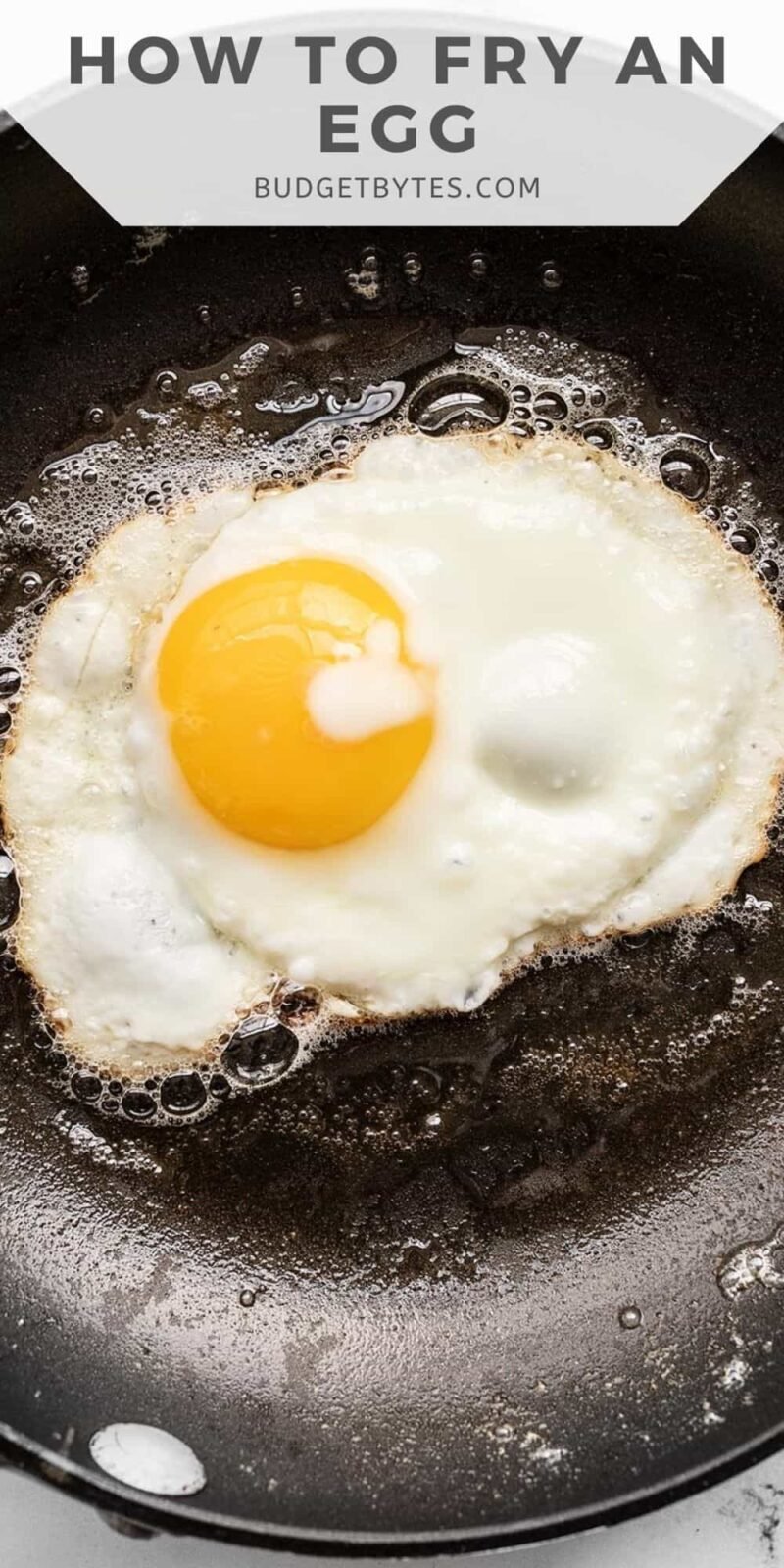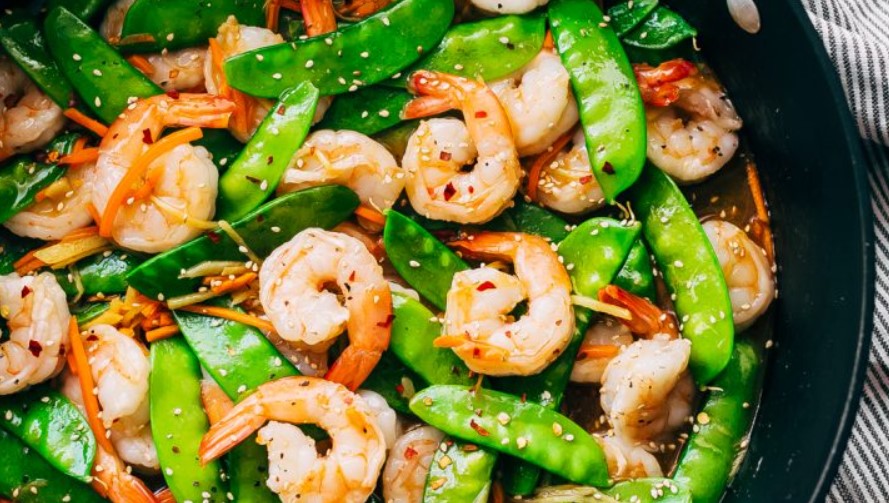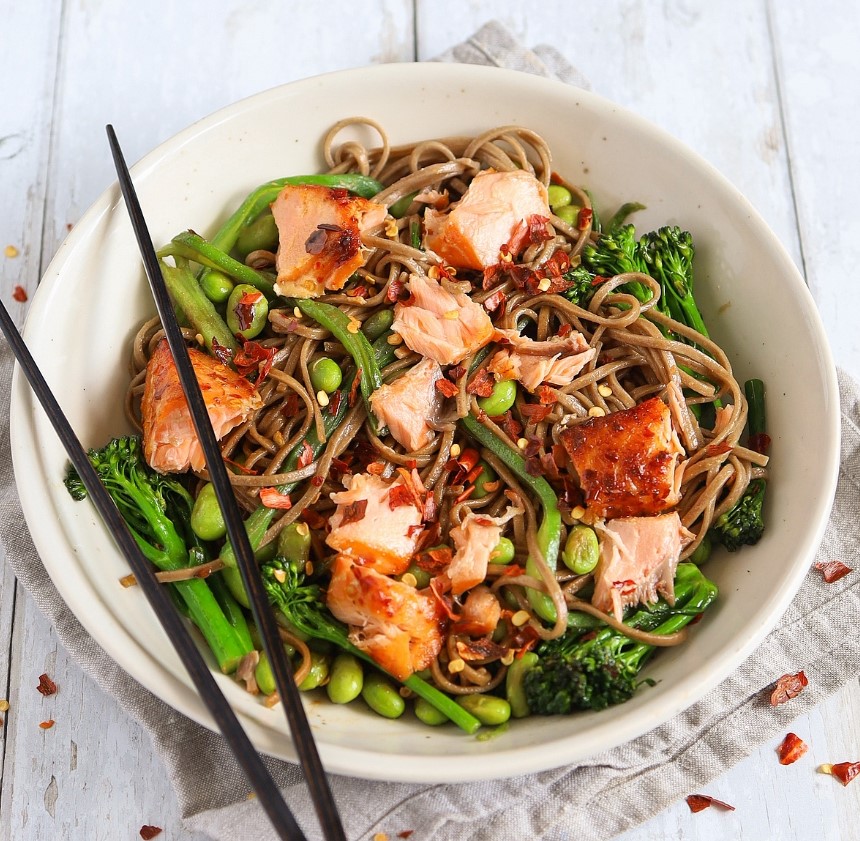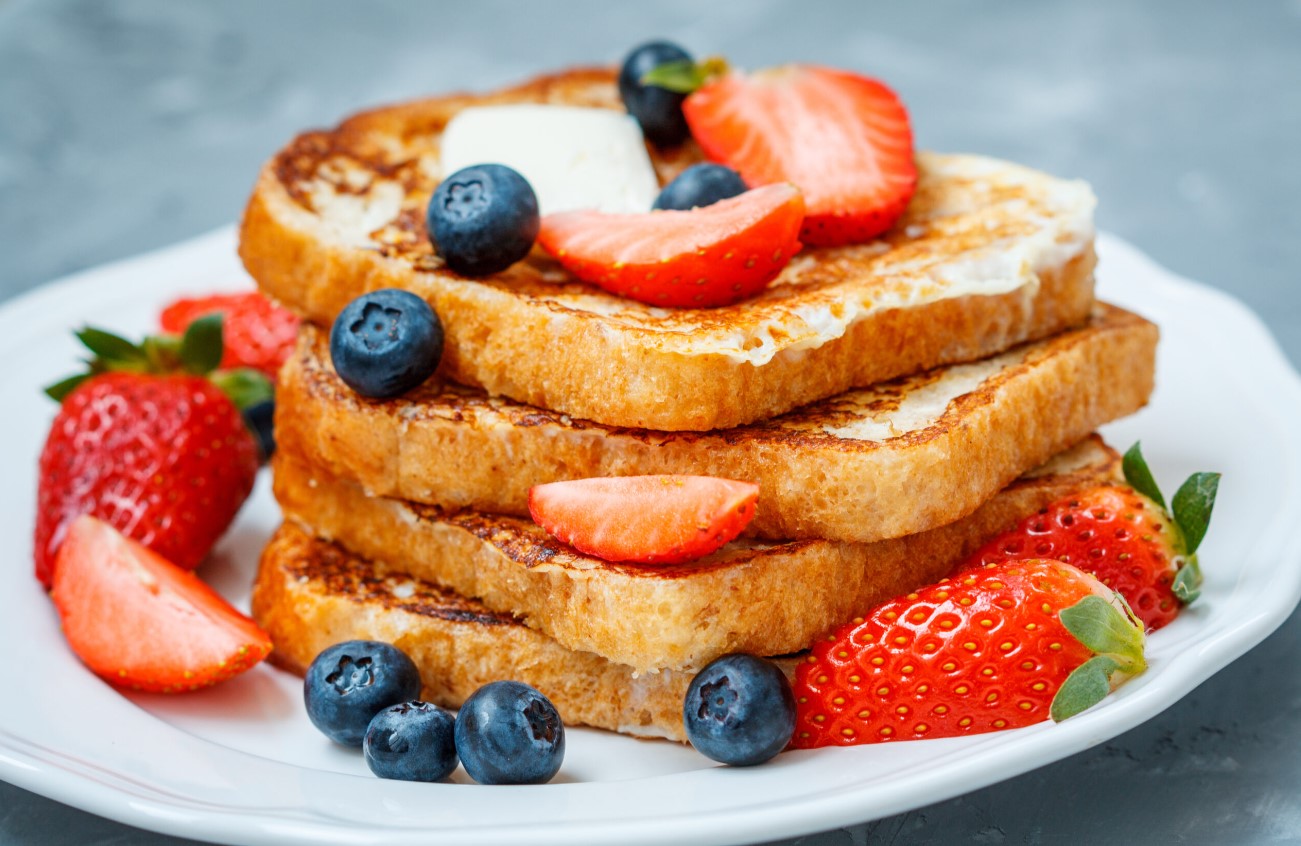Shall we return to the fundamentals? Eggs have consistently been my preferred affordable and convenient food choice due to their ease, speed, affordability, and limitless adaptability. That’s why we have a fried egg in our logo. Although frying an egg may seem straightforward, there are multiple ways to do it. This guide will assist you in selecting the right pan, the appropriate fat for frying, and various techniques to achieve your desired fried eggs.

What Kind of Pan is Best for Frying Eggs?
To begin, let’s discuss the cookware. Although any skillet can be used for frying eggs, having a non-stick surface certainly simplifies the task. Whether you opt for Teflon, a well-seasoned cast-iron skillet, or a ceramic coated skillet, having an extra slick surface is beneficial. However, if you prefer stainless steel, ensuring that the pan is thoroughly preheated is essential to prevent the egg from sticking. The pan should be heated to a point where a drop of water will sizzle and splutter on its surface.
What Kind of Fat or Oil is Best for Frying Eggs?
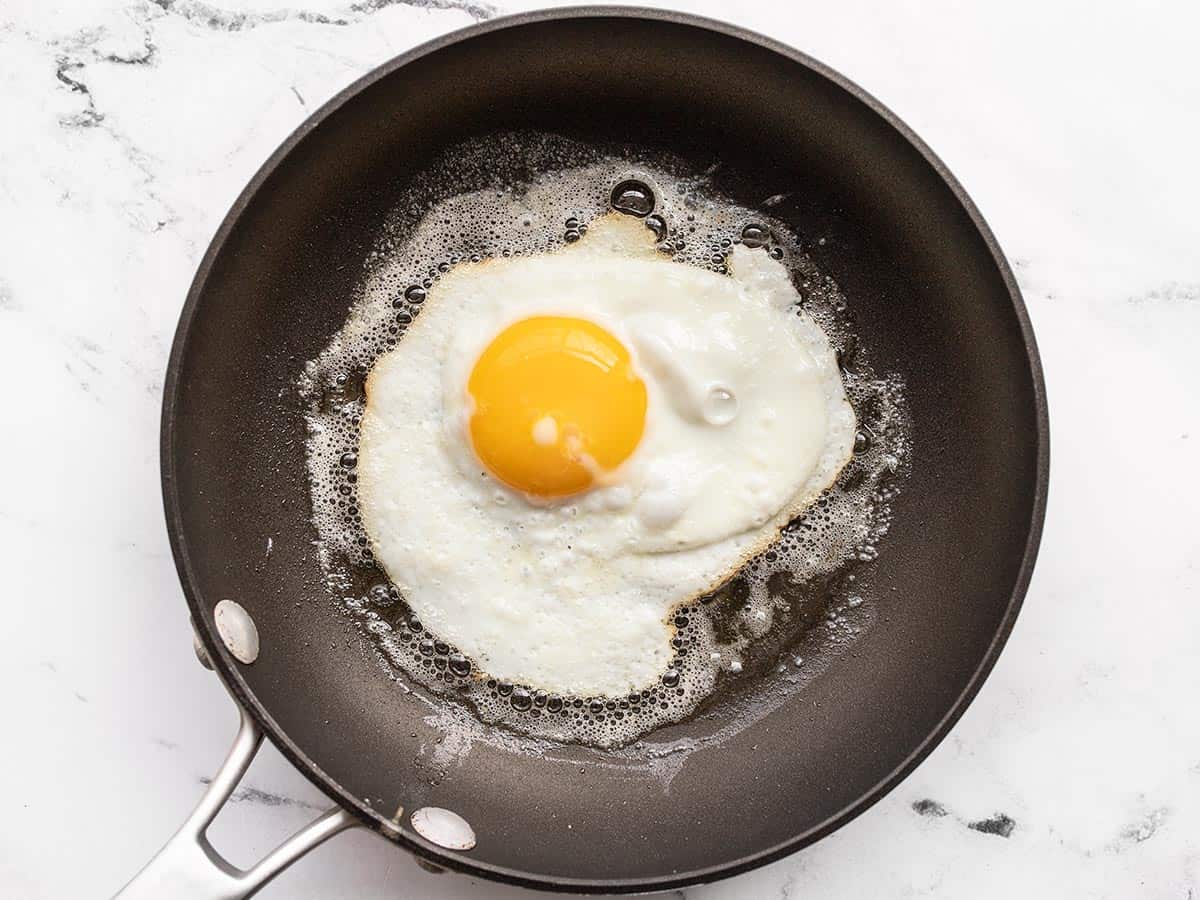

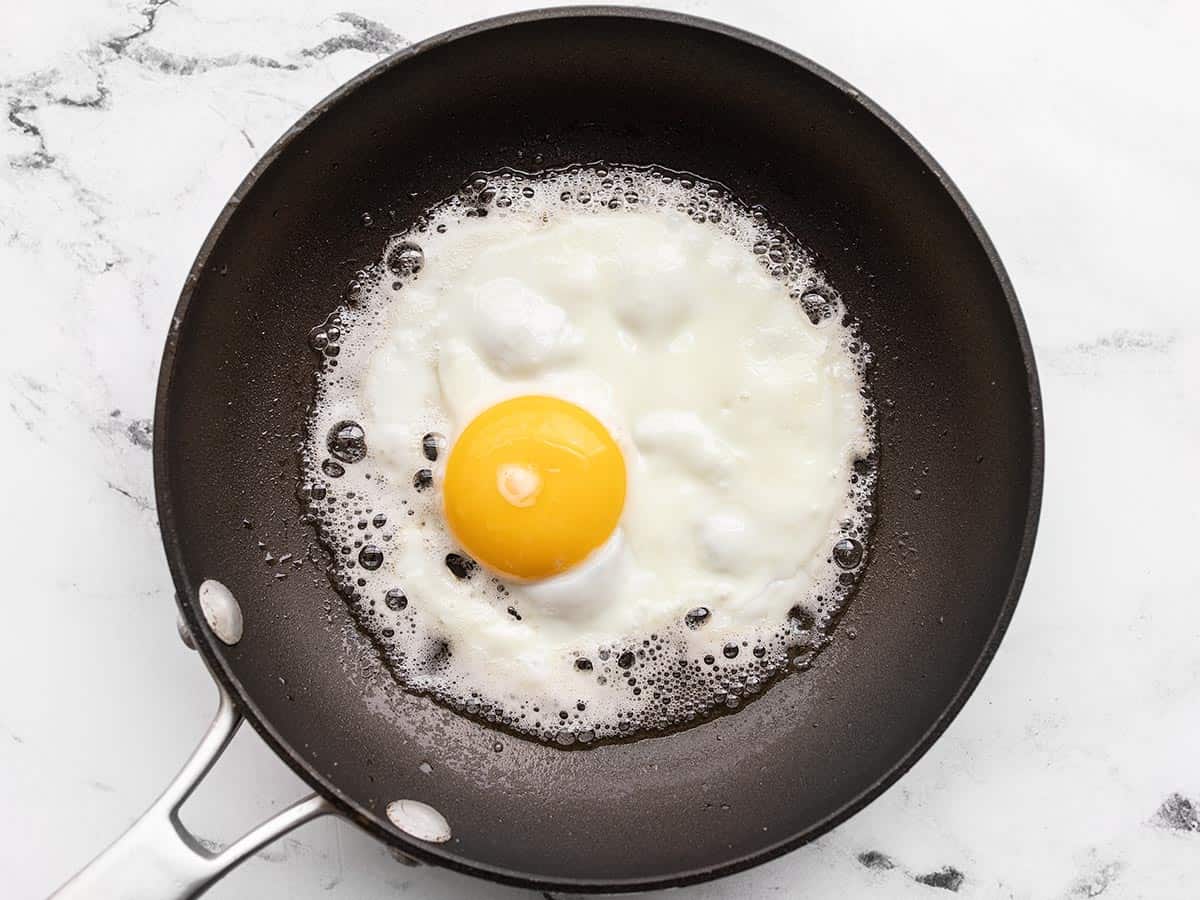

When it comes to frying eggs, the choice of fat or oil is entirely subjective. Various fats yield distinct flavors and textures in your fried eggs. Here are several alternatives and their respective impacts on the outcome of your fried eggs:
How to Fry an Egg
Frying an egg involves a few straightforward steps:
- Place a skillet on medium or medium-low heat.
- After the skillet has been heated, pour in your desired fat and gently swirl it around to cover the entire surface.
- Break the egg(s) and place them in the skillet.
- Keep cooking the egg until both the whites and yolks reach the desired level of doneness. If desired, cover the skillet with a lid to retain heat and cook the egg from the top, resulting in a cloudy surface on the yolk.
However, frying an egg can be done in multiple ways!
Types of Fried Eggs
In the realm of fried eggs, there exist numerous variations, yet the prevalent ones include sunny side up, over easy, and over hard. Allow us to explore the distinctions between these types and guide you on how to effortlessly create each one in the comfort of your own kitchen.
Sunny Side Up
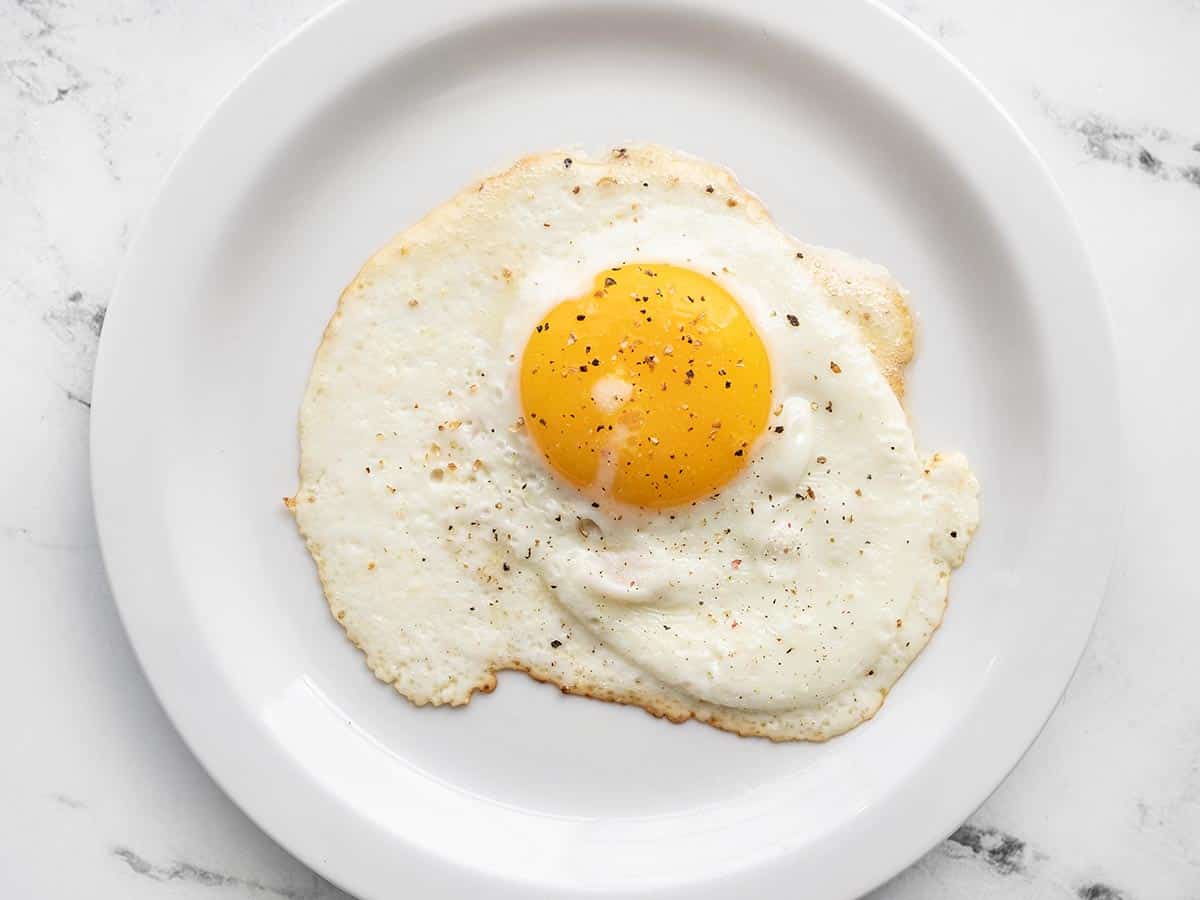
An egg prepared in the “sunny side up” style is fried without flipping, allowing the whites to set while leaving the yolk delightfully runny. Undoubtedly, this is my preferred method of frying eggs. The visually appealing outcome, combined with the luscious, liquid gold yolk, creates an ideal companion for a slice of buttered toast, perfect for dipping.
In order to prepare a sunny side up egg, it is recommended to cook it over medium-low heat. This will allow the whites to gradually set without the edges turning excessively brown, while ensuring that the yolk remains uncooked.
Over Easy

For those who enjoy a runny yolk but prefer well-cooked whites, over easy eggs are the perfect choice. They are also a fantastic addition to sandwiches, burgers, or any dish that calls for a runny yolk, but with a bit more resilience compared to sunny side up eggs.
For a perfectly cooked over easy egg, heat a skillet over medium or medium-low heat (adjust according to your preference for white browning). Cook the egg until the whites are about 75% set, then carefully flip it. Cook for an additional 15-30 seconds to fully set the whites and the top of the yolk. Remember to leave the center of the yolk liquid.
Over Hard

An over hard fried egg is achieved by cooking an egg on both sides until the yolk is completely solid. This method is perfect for individuals who prefer firm yolks rather than runny ones. Personally, I find this to be the simplest technique as it allows for slightly higher heat and speeds up the cooking process due to flipping the egg.
To prepare an egg “over hard,” start by frying it on one side until the whites are approximately 50% cooked. Then, flip the egg and continue cooking on the other side until both the whites and yolks are fully cooked. You can determine if they are fully cooked by gently pressing the yolk with a spatula. If it feels firm, it indicates that the egg is set.
Over Medium
Over medium fried eggs fall in between the consistency of over easy and over hard eggs. The yolks have a jam-like texture. To make an over medium egg, cook it on the second side until the yolks are partially set. Similar to over hard eggs, you can determine the yolk’s doneness by gently pressing it with a spatula. It should be slightly firm, without feeling overly soft or runny.
Troubleshooting Fried Eggs
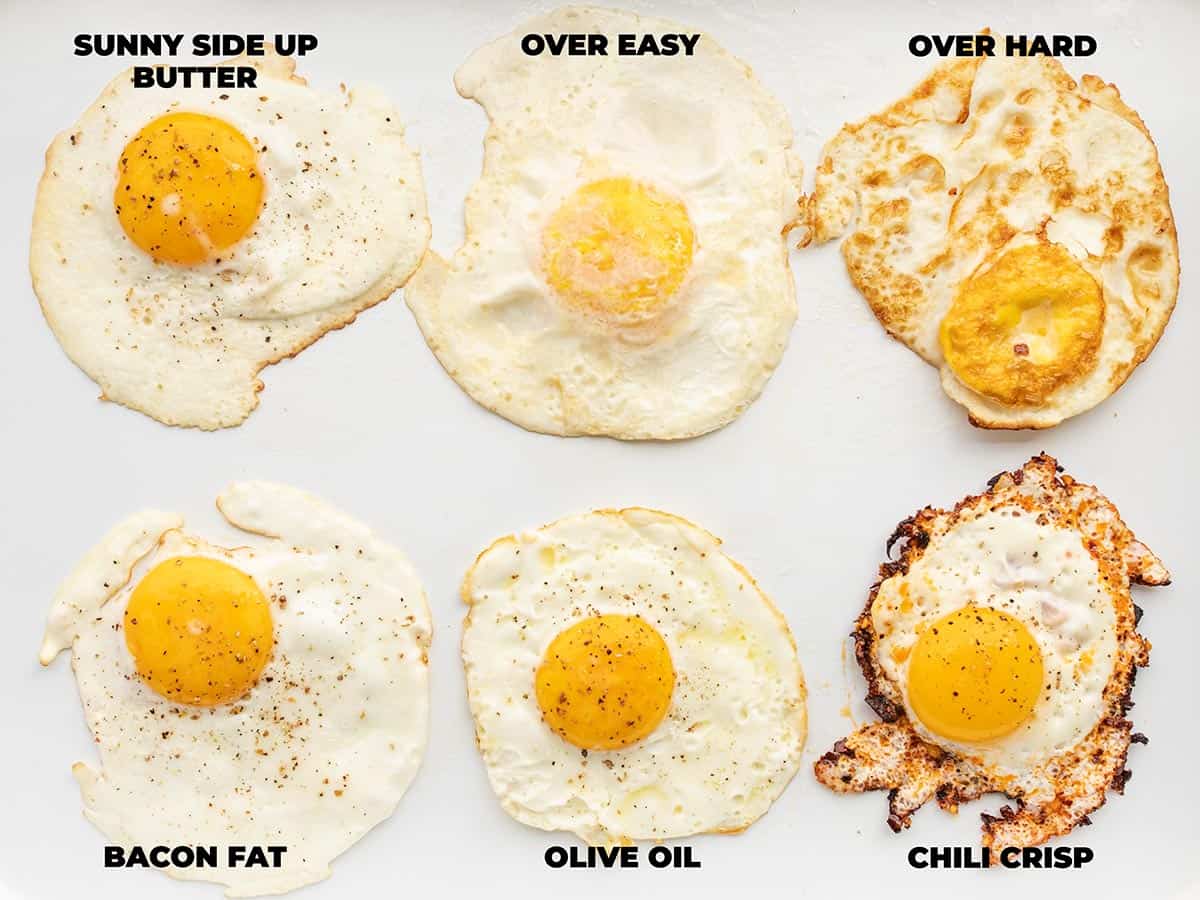
How to Serve Fried Eggs
Don’t limit fried eggs to breakfast alone! Enhance any meal with a fried egg to effortlessly elevate its protein content while keeping costs low. Explore these delectable recipes that are perfect candidates for a delectable fried egg topping:
More Ways to Cook Eggs
Searching for alternative methods to prepare your eggs? Take a look at these additional recipes:
